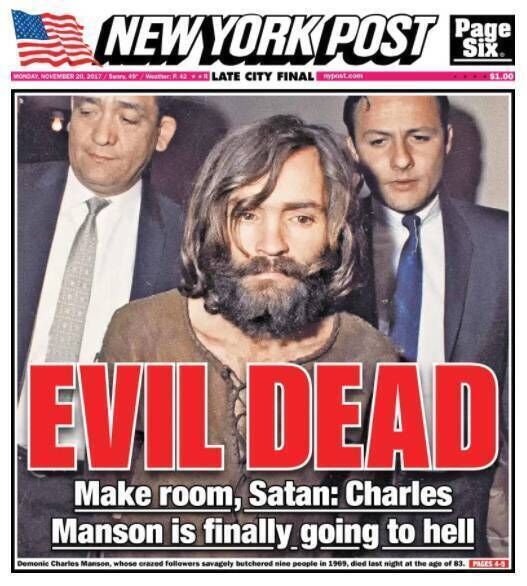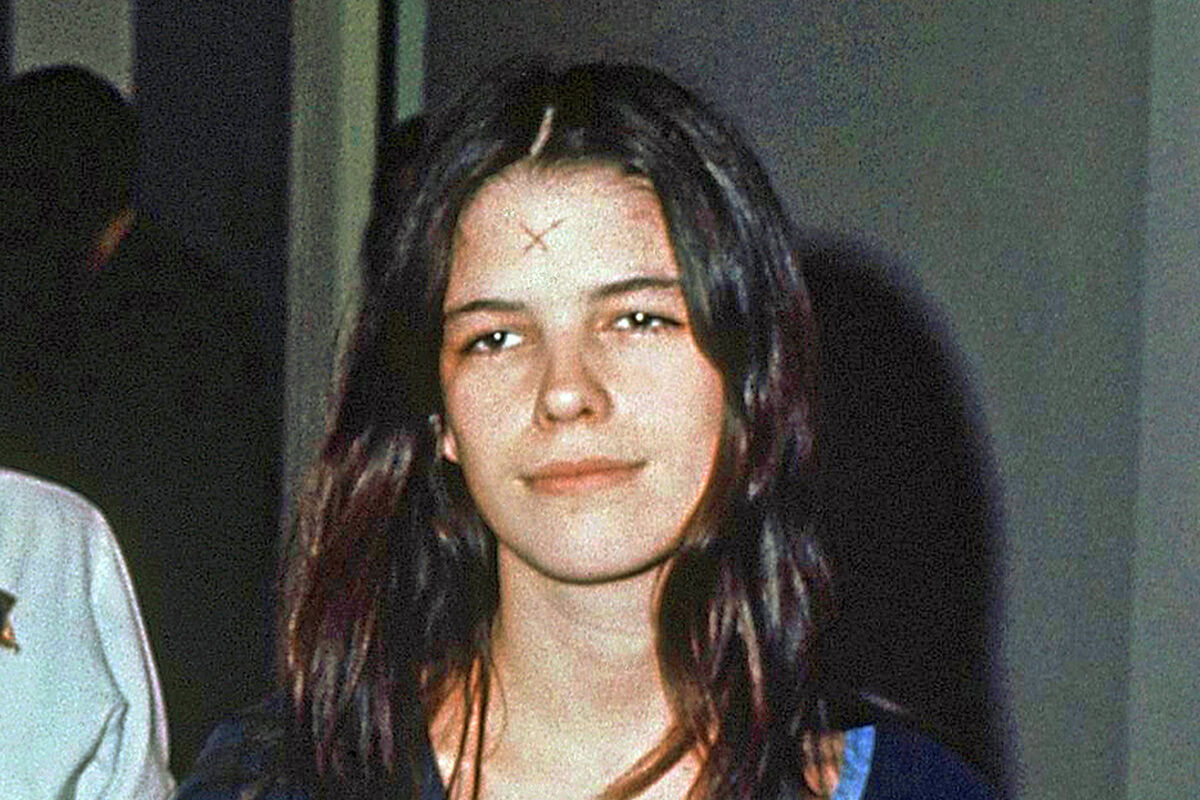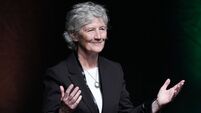Jennifer Horgan: Social media brainwashing is driving teen violence and hate in Ireland

'Adolescence' explores how young people can be brainwashed into violence.
The stir caused by the TV series has died down. However, its exploration of how young people can be brainwashed into violence remains just as relevant.
It would have been a well-placed reference in Tánaiste Simon Harris’ comments last week, when he raised concerns about the age of those carrying out what he described as “a spate of brutal, horrific attacks” on Ireland’s Indian population.
The brutality he mentioned is the same brutality depicted in . It included the assault on six-year-old Nia Naveen in Waterford, a crime that he said, “would sicken all of us.” The little girl had been playing outside her home when the teenage and pre-teenage group told her to go back to India, punching her in the face, calling her dirty and pulling her hair.
In another attack by teenagers last month, an Indian national in his 40s was set-upon by a group in Parkhill Lawns, Kilnamanagh.
Speaking with , Irish woman Jennifer Murray described their depravity. In tears, she said: “It's still very hard for me because it was so sad to see anybody, any human being, left like this.”
For some, these atrocities are evidence of a growing racism in Ireland. That may be true, but we need to go further. We need to face the fact that these children are being brainwashed into violence online.

These assaults relate to three forces in the lives of our young people: influencers or gurus, isolation, and social media.
Young people isolated from their families and society, who feel a lack of agency, have always fallen prey to bad actors, none more famously than those who came under the spell of the counterculture influencer, Charles Manson. It seems a long time ago, and it was in a different country, but there are parallels to be drawn.
Dianne Lake was 14 when she met Manson.
Very quickly she became the family’s youngest member, expressing years later that she finally felt she belonged, her own parents having dropped out of society, and given up on any attempt to parent her.
Manson’s control was absolute. According to Dianne he’d hand out drugs “like a sacrament. We would take a larger dose, he took less or none,” and in the end, they’d be left wondering if he was a prophet.
His sinister brand of counterculture cultism led to some of the most heinous crimes in Los Angelas’ history. In the summer of 1969, Manson sent his young followers out into the night on killing sprees. In the end his ‘Family’ took the lives of nine individuals, including Roman Polanski’s heavily pregnant wife, Sharon Tate. In his prison tapes, he suggested there were others.

His lack of remorse was mirrored in his young acolytes who entered their court trials with smiles on their faces — chillingly devoid of any feelings of guilt or empathy.
Leslie Van Houten, a former Charles Manson follower and convicted murderer, was released from a California prison two years ago. She described the actions of her 19-year-old self to Larry King, her voice without inflection: “I went in and Mrs LaBianca was laying on the floor and I stabbed her. In the lower back, around 16 times.”
Dianne Lake explains that drugs played a huge role in their brainwashing, as did the fact they were listening to the same music, the same passages, same messages. Listen to the Manson Family’s I’ll Never Say Never to Always on Spotify and you will feel your spine chill.
“Valley of death is where I will find you,” “One is one is one,” — just some of the ominous lyrics.
These teenagers were in a trance, shaped into a hivemind, a single way of being and viewing the world.
Back to 2025. We have similar personalities working online. They are mesmerising gurus just like Manson, inciting hatred and violence, only now they have a superpower and an unregulated drug — the internet.
These people have charisma and an incredible ability to tap into feelings of disillusionment and discontent among our frustrated youth — boys in particular. What is vastly different now is their reach.
Gurus have always understood the importance of reach. Manson didn’t have social media so he tried the next best thing — the music industry.
Well-established names like Neil Young and Dennis Wilson, the drummer of the Beach Boys, spent considerable time with him, finding him intriguing and charismatic enough to help him in his efforts to secure a record deal.
Neil Young, as late as 2024 said: “I thought he was very unique. He really had something crazy, something great.” Dennis Wilson let him take over his house and even recorded one of his songs.
Manson’s record deal never happened and when Manson couldn’t spread his message of a future race war through his own music, he hijacked the Beatles’ . Manson understood he needed a medium to spread his message, to burrow into young people’s heads.
At the scene of the LaBianca murders in August 1969, the title of the Beatles’ song Helter Skelter (misspelt as "HEALTER SKELTER") was found written in the victims' blood on the refrigerator door.
Nowadays, social media makes brainwashing a highly achievable and global enterprise. Influence is available at the touch of a button. Young people are defenceless when these gurus enter their gaming chats.
Social media has done a double job of isolating them first and then manipulating them into submission — or worse, into violence.
Speaking about the recent attacks on Indian people on her Newstalk slot, Ciara Kelly cited the many ways in which we rely on Indian people in Ireland. These are the people looking after your sick mother, she said.
She’s right — there were only 78,000 Indian nationals living in the State in 2023, and yet they accounted for a fifth of all registered nurses in Ireland last year.
The point she’s missing is this: nothing about these attacks is rational. Common sense has no hold whatsoever when young people, their brains still developing, are entrapped by hate, be it against women or minorities.
These brainwashed groups are moving as a singular monster now, punching a child in the face, leaving an innocent man bloodied, his trousers removed for added humiliation, on the side of the road.
This is not solely about Ireland becoming more racist, it is about the brainwashing effect of social media. These attacks reveal a rot that travels to a very dark place. It is where young people have always ended up when they are not looked after by the adults in their lives.
It is good news that Garda juvenile liaison officers are engaging with youth and other groups to discourage future incidents and offer support.
It is the duty of all grown-ups to educate and protect young people — that includes tech companies, schools and politicians.
Ultimately, parents are the ones who have the most influence. They must be supported, but their responsibilities cannot be underestimated. The root of the problem, as we saw in , is closer to home.
Because the truth is this: when young people aren’t safe, no one is.






